x= number of compound which undergoes Tautomerisation ot from an Aromatic product.

The correct Answer is:4(a,b,c,h)
Topper's Solved these Questions
- ISOMERISM (STRUCTURAL & STEREOISOMERISM)BOOK - MS CHOUHANCHAPTER - ISOMERISM (STRUCTURAL & STEREOISOMERISM)EXERCISE - Level 2 (Q.30 To Q.46)
17 Videos
- GRIGNARD REAGENTSBOOK - MS CHOUHANCHAPTER - GRIGNARD REAGENTSEXERCISE - Level 1 (Q.61 To Q.66)
1 Videos
- NOMENCLATURE AND CONFORMATIONS OF ALKANES AND CYCLOALKANESBOOK - MS CHOUHANCHAPTER - NOMENCLATURE AND CONFORMATIONS OF ALKANES AND CYCLOALKANESEXERCISE - Additional Objective Questions (MCQ)
1 Videos
Similar Questions
Among the following compound.

(a) Number of compounds which are aromatic = w
(b) Number of compounds which are non-aromatic = x
(c) Number of compounds which are anti-aromatic = y
(d) Number of compounds which readily undergo Dimerzation at room temperature = z
Sum of w+x+y+z=....
View SolutionAmong the following compound.

(a) Number of compounds which are aromatic = P
(b) Number of compounds which are anti-aromatic = Q
(c) Number of compounds which are non-aromatic = R
(d) Number of compounds which readily undergo dimerization at room temperature = S
(e) Number of compound which reacts with active metal = T
Sum of P+Q+R+S+T=
View Solution
Knowledge Check
Select the number of compounds in which deprotonation gives aromatic anion:
A B
B C
C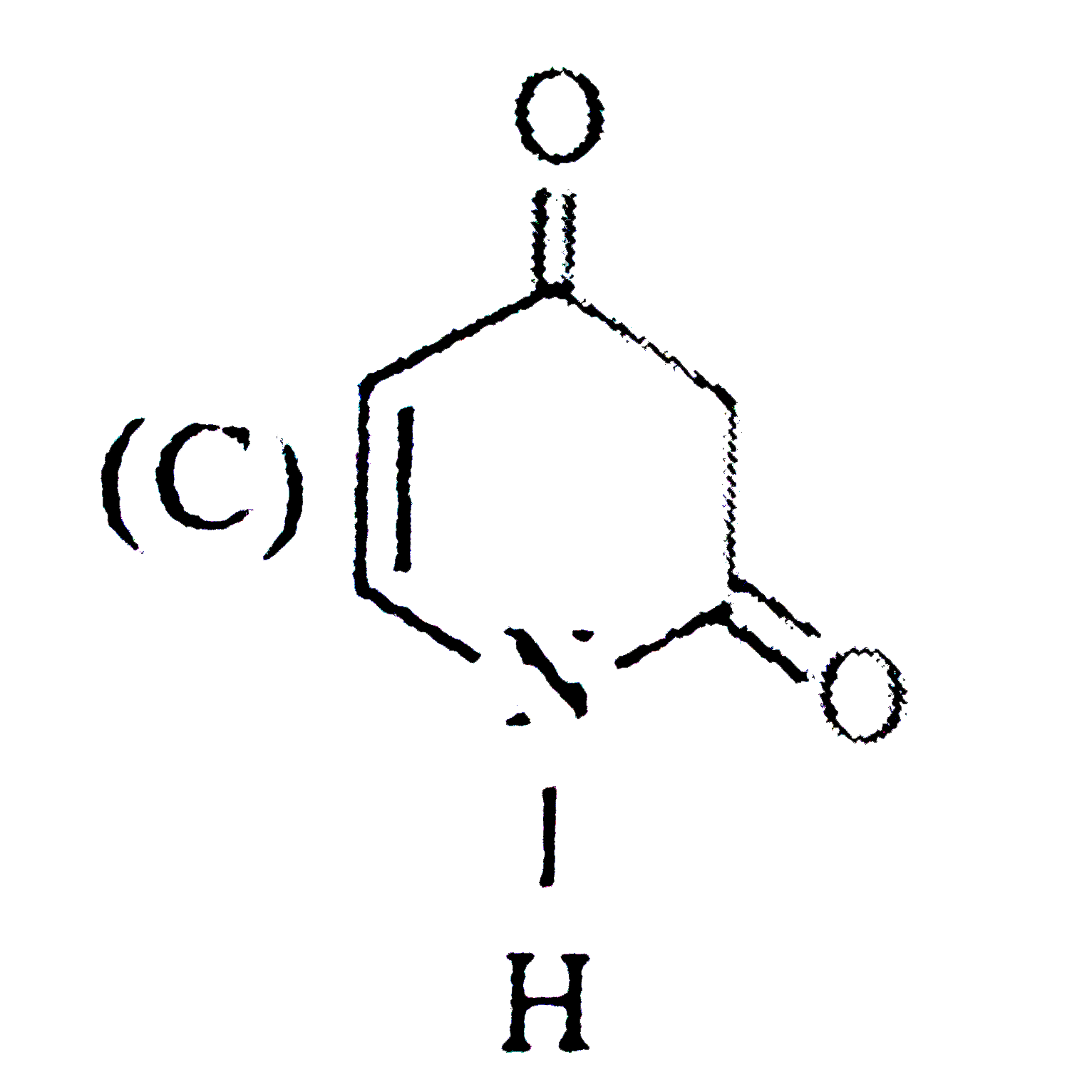 D
D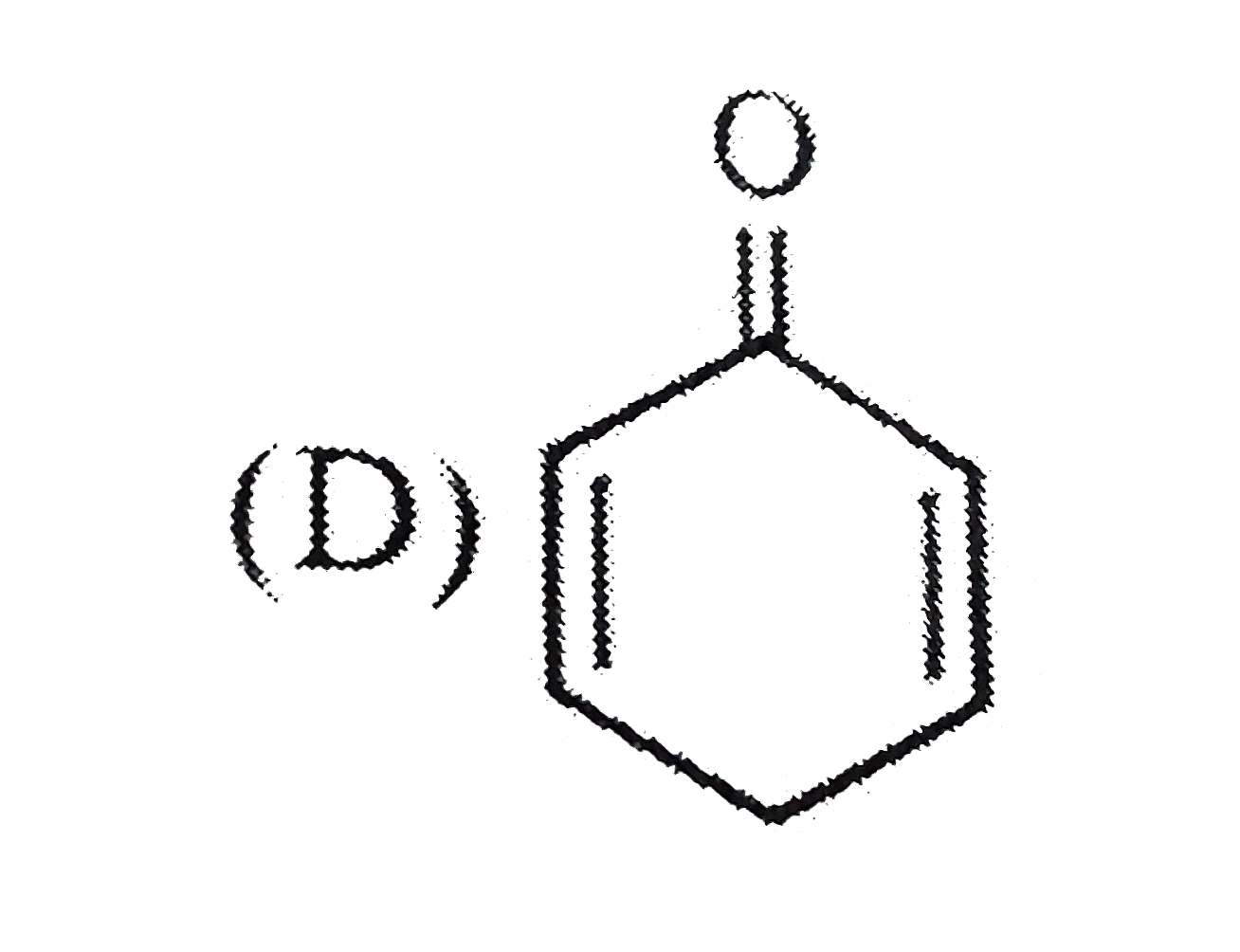
Compound which does not tautomerise and does not show acidic property is
ACH3−NO2BC2H5−NO2C(CH3)2CH−NO2D(CH3)3C−NOWhich one of the following compounds undergoes bromination of its aromatic ring at the fastest rate ?
A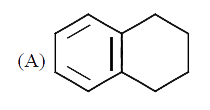 B
B C
C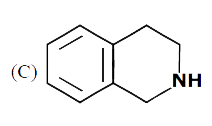 D
D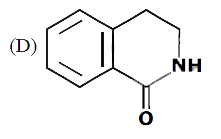
Select the number of compounds in which deprotonation gives aromatic anion:
View SolutionWhat is Cannizzaro reaction ? Name a compound which undergoes this reaction. Name the products formed when this compound undergoes the reaction.
View SolutionWhich of the follwing will not undergoes tautomerisation ?
View SolutionWhich one of the following compounds undergoes bromination on its aromatic ring (electrophilic aromatic substitution) at the fastest rate ?
View SolutionWhich one of following compound undergoes bromination of its aromatic ring (electrophilic aromatic substitution) at the faster rate ?
View Solution

